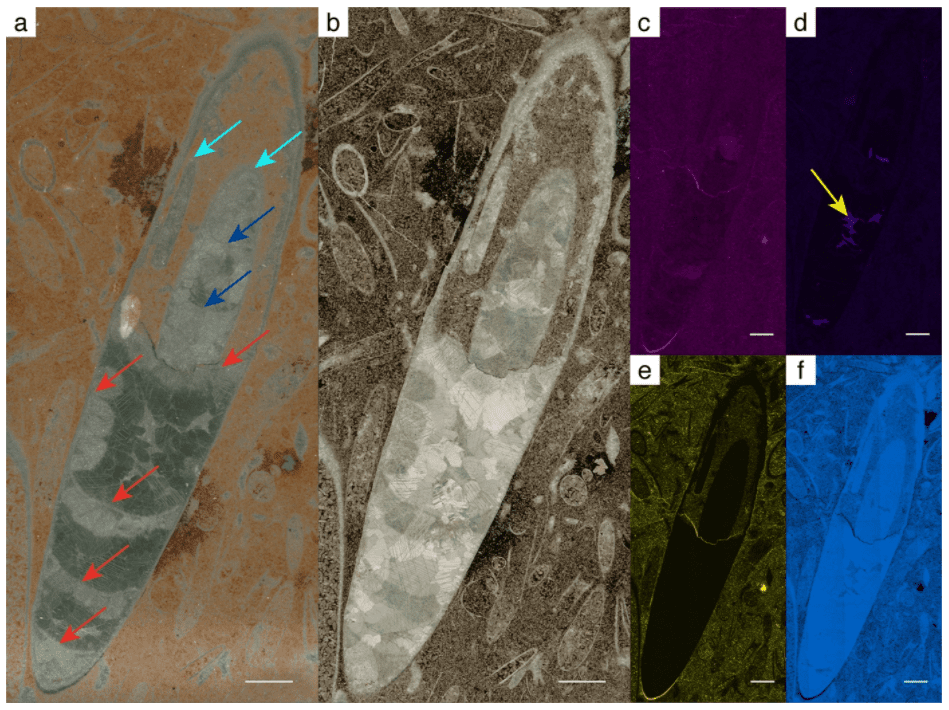Cephalopods, a family including animals like the octopus and cuttlefish, are definitely some of the most interesting animals on Earth today. According to new research, they could also be one of the oldest lineages on the planet as well.

The discovery of 522 million-year-old (possibly cephalopod) fossils in the Avalon Peninsula, Newfoundland, Canada, could push this lineage’s history back by roughly 30 million years, a new paper reports. This would mean that cephalopods first evolved during the early Cambrian period, making them one of the earliest multicellular organisms on Earth.
Old Squid
“If they should actually be cephalopods, we would have to backdate the origin of cephalopods into the early Cambrian period,” says Dr Anne Hildenbrand from the Institute of Earth Sciences, co-lead author of the study.
“That would mean that cephalopods emerged at the very beginning of the evolution of multicellular organisms during the Cambrian explosion.”
The fossils were unearthed by earth scientists from the Heidelberg University in Germany on the eastern stretches of the Avalon Peninsula. They’re pretty chalky shells, resembling elongated cones. Individual chambers are present inside the shells, each defined by a pair of walls. A tube called the siphuncle runs along the length of the shell linking all of these rooms together.
If this fossil belonged to a cephalopod — and we’re not yet sure that it did — it could have quite a dramatic effect on our understanding of this lineage’s evolutionary history. For starters, the segmented-yet-connected structure of the shell suggests that it had a part to play in controlling the animal’s buoyancy. This is the earliest example we’ve ever seen of such a mechanism, meaning that cephalopods could have been the first lineage to be able to settle the open ocean (as opposed to the sea bed or reefs) as their habitat.
For now, we have reason to believe that the shell belonged to a cephalopod. Its structure is reminiscent of the spiral-shaped nautilus, suggesting a certain level of relatedness, but they also differ in shape from known representatives of that class. In other words it’s probably a cephalopod, but we can’t tell for sure due to some differences in shape.
“This find is extraordinary,” says Dr. Austermann. “In scientific circles, it was long suspected that the evolution of these highly developed organisms had begun much earlier than hitherto assumed. But there was a lack of fossil evidence to back up this theory.”
This discovery, however, might finally allow researchers to gain some insight into the topic, the team argues. On the one hand, it has structural similarities to other known early cephalopods. On the other, there are enough differences between it and other known cephalopod specimens to give us some information about the evolutionary process of the lineage as a whole.
The paper “A potential cephalopod from the early Cambrian of eastern Newfoundland, Canada” has been published in the journal Communications Biology.


